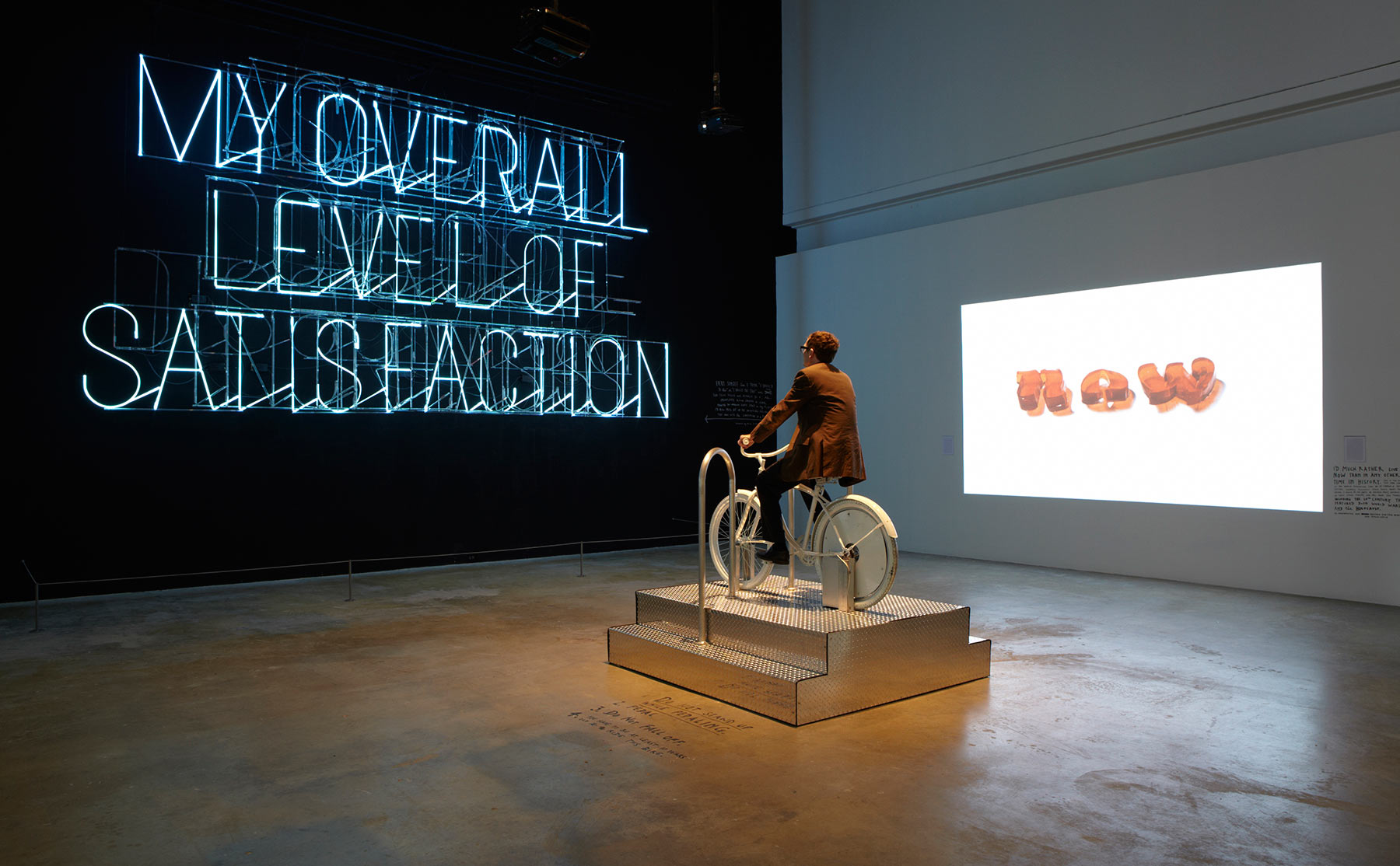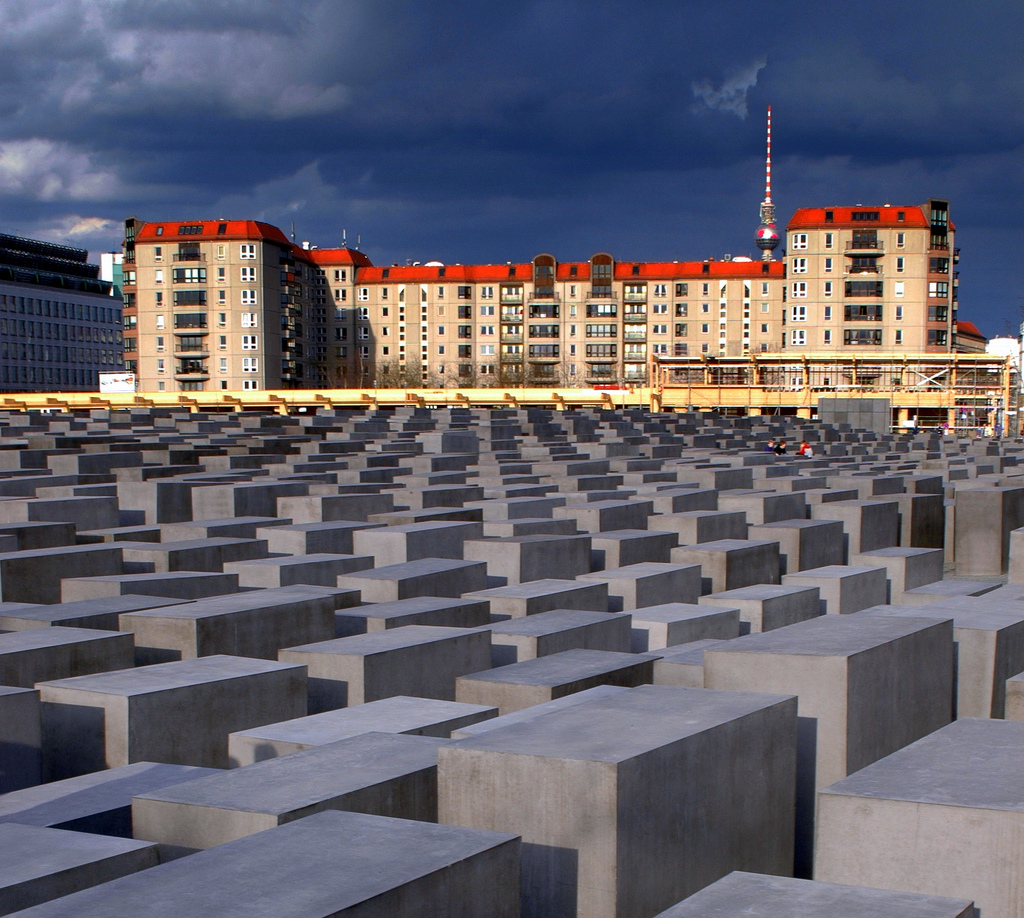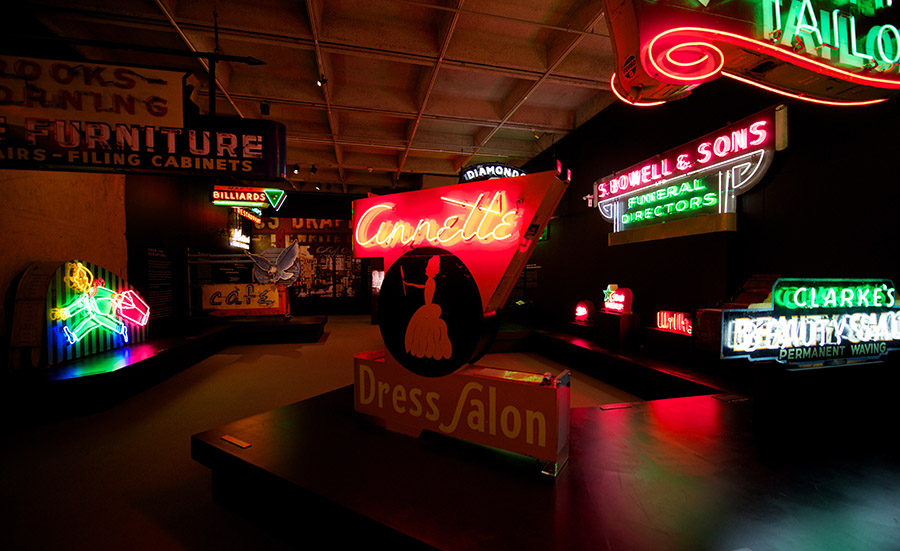VANCOUVER, British Columbia — We usually ask ourselves, “How can we be more happy?” Rarely do we find the answer to this challenging question. Yet, Stefan Sagmeister’s “The Happy Show” will try to solve some of the most onerous dilemmas of happiness.
How can one be more happy? I for one have not one perceptible clue. Do we find it in things, people, or something as simple as a good cup of coffee?
The exhibition will be featured over two floors at the MOV, making it one of the largest to ever be put on in the museum’s history. It will be constructed of video screens, info-graphics, interactive machines, and even a bike that powers a neon sign. All of which have been designed to discuss issues such as mindfulness, well-being, and even sex, and according to the MOV, ” transcend the boundary between art and design.” Visitors will also be able to enjoy an extended preview of Sagmeister’s soon-to-be-released documentary “The Happy Film.”
“’The Happy Show’ arrives as the wellbeing of Metro Vancouver residents is at the forefront of attention. The Vancouver Foundation has recently reported that Lower Mainland residents feel lonely and isolated. Our local and provincial governments are now recognizing that social connection is crucial for personal happiness and for a thriving city,” says Gregory Dreicer, MOV Director of Curatorial and Engagement.
Stefan Sagmeister, born in Austria in 1962, has been studying the meaning of happiness for the past 10 years as he struggled with alcohol, drugs, weight gain, and even depression. He has called this exhibition an amalgamation of all his beliefs and experiences that he gathered in those 10 years. In fact, his upcoming documentary will chronicle his various attempts at bettering his own state of joy, through different techniques, including cognitive therapy, meditation, and mood-altering drugs.
Sagmeister published numerous popular books, and is the winner of two Grammy Awards, the Lucky Strike Designer award, among a great deal more. He is also the co-founder of the New York-based design firm Sagmeister & Walsh.
The question of happiness, rather forcibly, make us think of what it might mean to us personally. Surely it cannot be something fully objective, as happiness is an individual thing that is different for each one of us. Yet, at the root of it all we might be surprised that there is a lot of common ground in what makes humans happy, regardless of gender, and background. I guess we have to wait for Sagmeister’s exhibition, and we might just find out.
In case that you do not have the patience to wait you can take a sneak peak at Sagmeister’s blog, that features some of the works and ideas that will be presented in the show.
The Museum of Vancouver is an award-winning authority on Vancouver’s history, sharing the region’s stories from its Aboriginal beginnings to contemporary topics. “The Happy Show” is set to open on April 23, and will run until September.
Images by Museum of Vancouver.
By Milad Doroudian.


